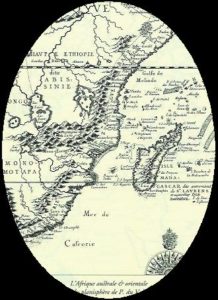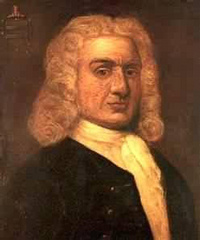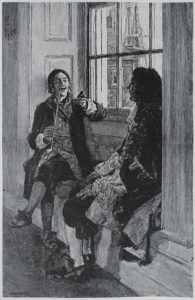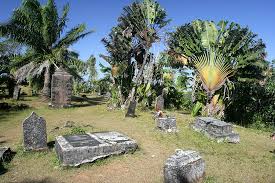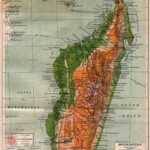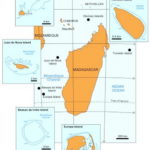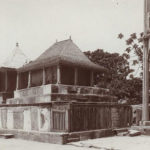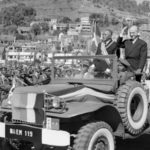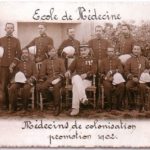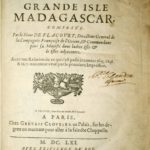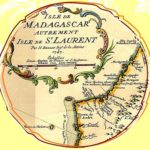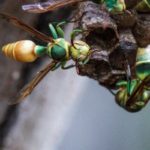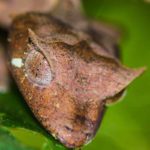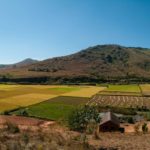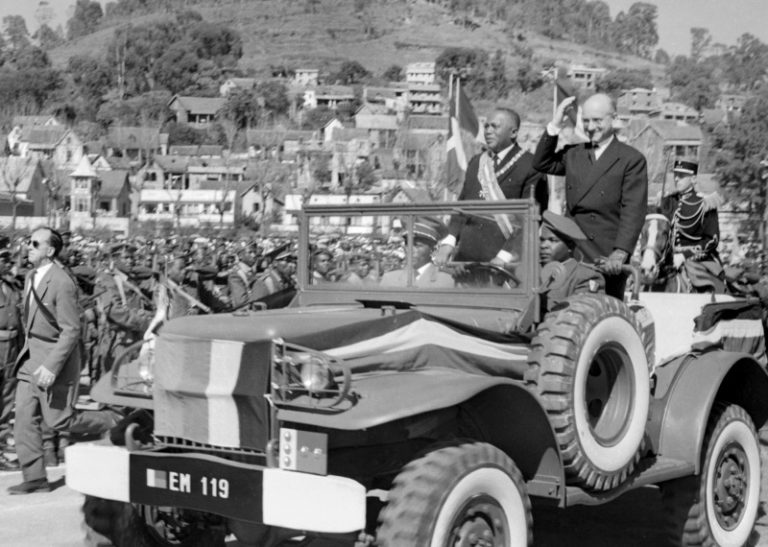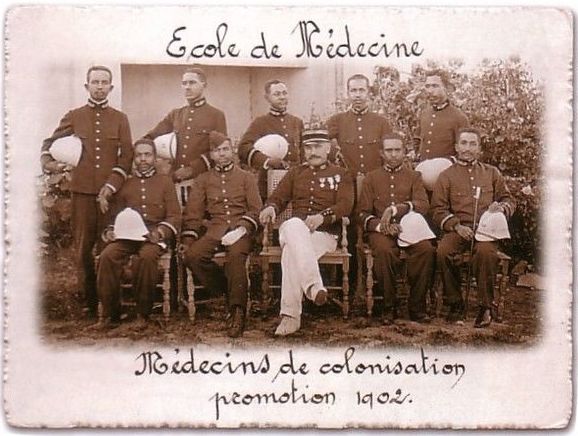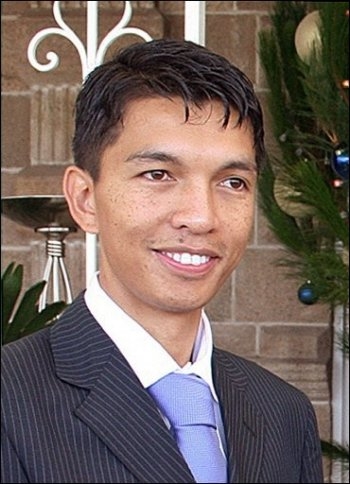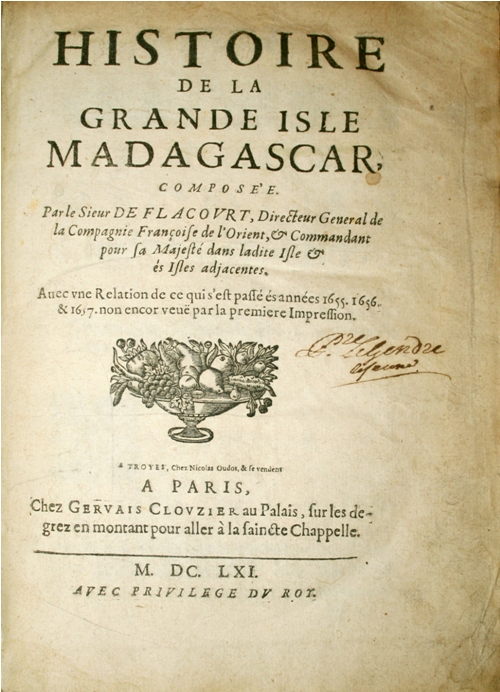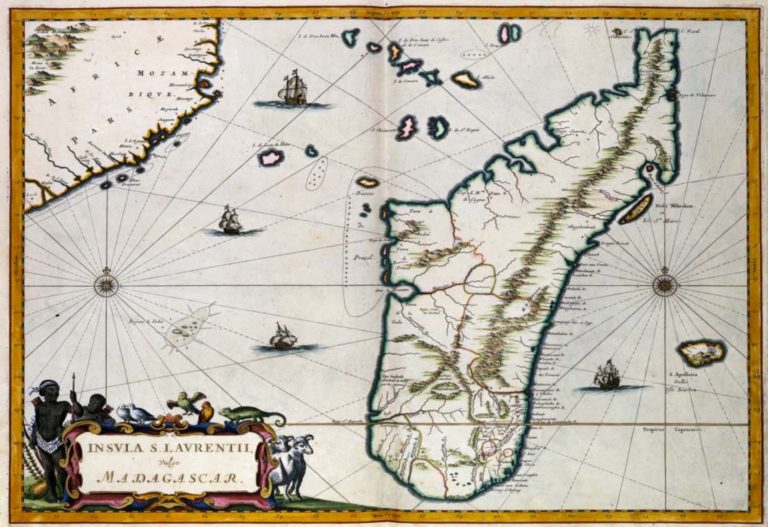Pirates and buccaneers in Madagascar
Due to its location, isolated on the one hand, but at the same time not remote, Madagascar was for many centuries the ideal shelter for pirates and buccaneers from all over the world. Far away from the grip of state power and at the same time so close to the heavily frequented and for pirates very interesting Trade routes to India, the pirates made themselves comfortable in various places on the island. In particular, Thego-Suarez, the bay of Antongil and the island of Sainte Marie The outlaws were very fond of these places and enjoyed themselves there until 1680. In the following we would like to give you an overview of the most famous pirates in Madagascar deliver. Many of their traces can still be discovered on the island today. Travelers interested in history can discover these traces during our various tours. Spend your Vacation in Madagascar in the footsteps of buccaneers and piratessome of whom were such dazzling personalities and at the same time such ambivalent figures that their stories are still fascinating today.
William Kidd (1645 - 1701)
William Kidd is still today considered one of the most famous pirates of his time, although this attribution can probably be attributed more to a number of misjudgments as well as his less purposeful actions than to his magnificent exploits or a feared reputation. In fact, William Kidd had originally been anything but a pirate, but was instead quite the opposite by the British Been appointed pirate hunter. Kidd was born in Scotland, but emigrated to America at an early age. There he managed to accumulate a considerable fortune. Especially through the marriage of a daughter from a good family and also through his activities as a merchant Kidd was considered in America as a Respected person with considerable influence. At the same time, numerous pirates were on the move on the seas of this world, making life difficult for the trading companies. An alliance of influential politicians, merchants and nobles of Great Britain was therefore looking for a so-called pirate hunter, a privateer who would capture the pirate ships, take the outlaws into captivity and bring the pirates' booty back to Great Britain. In Kidd, the Alliance believed it had found such a pirate hunter.
Kidd was on fire for the mission from the start and sold his own ship to raise the remaining funds for the mission. Kidd received a privateer license and was allowed to use it to attack not only pirate ships, but also ships sailing under the French flag. In addition, he was awarded a imposing three-master named Adventure Galley equipped. This ship was capable of sailing even in calm conditions, had 34 guns and provided space for about 150 crew members. But from the beginning, this mission was crowned with little success. The costs of his mission slowly but surely ate up Kidd. He captured only little, but had committed himself by his contracts to provide a certain amount of booty. In fact, however, he was allowed to attack only pirates and French ships. The situation became more and more acute, as Kidd captured only very few ships, and then usually only marginally loaded with rich booty. The crew, who were not fobbed off with a classic wage but worked on commission, so to speak, slowly but surely began to revolt and in a dispute with his Gunner William Moore, an accidental death occurred when Moore fell to the main deck in a scuffle with Kidd and died. Historians today view this incident as Turning point in the story around Kidd - Slowly but surely, the latter began to change from a pirate hunter to a pirate himself due to the permanent pressure.
It may be regarded as a consequence of various circumstances that after a while Kidd felt compelled to yield to the urging and also to Capture ships that were actually outside his authority. For example, he captured an Armenian ship called the Quedagh Merchantbecause he believed that it was sailing under the French flag. In fact, this was a mistake and Kidd's efforts to persuade his crew to return the captured treasures failed. Kidd had now become a pirate himself and first sailed to Madagascar. There he met the pirate Robert Culliford. At first, Kidd tried to get his crew to capture the pirate's ship, but then most of his men defected to Culliford and Kidd himself also eventually fraternized with the pirate. Kidd now lived for a while in Madagascar before returning to America, but was apprehended and later sentenced to death in London as a pirate was. Even today, many legends assume that probably somewhere on the island of Sainte Marie. the fabulous treasure of William Kidd could be located. In any case, the buccaneer's ship is aground off the island. In 2015, U.S. researchers initially believed a fifty kilogram silver bar from the wreck and thus discovered a solid clue to the pirate's treasure. In fact, however, the alleged silver ingot was only a lead weight and the myth of William Kidd's hidden treasure lives on.
Matthew James Plantain
Matthew James Plantein was born around the year 1690 in Jamaica in a place called Chocolate Hole, about his exact date of birth or death is not known. Plantain originally enjoyed a good upbringing as well as a reasonably stable education. Nevertheless, he already decided to at the tender age of only 13 to go to sea. Then, in 1720, as a result of a series of special circumstances, he arrived on the island of Madagascar, where at that time already numerous pirates with European background lived. Plantain was able to rise very quickly in the favor of the pirates, because he was skillful and brave, but at the same time extremely brutal. Already after a short time he rose to become their leader and settled in Antongil Bay with a massive following. BY THAT TIME, Plantain had already captured numerous riches and appointed himself king of Antongil. He had a castle built for himself, where he lived together with a harem. He wallowed in the luxury of rich booty, which had earned him both his raids and his trade in slaves. He became known during this time under the name King James and this name was Symbol of a reign of terror, for the subjects of the brutal pirate king not infrequently lived in fear and terror. In addition, in the immediate neighborhood, the Scottish pirate James Adair and the Danish pirate Hans Burgen had also created kingdoms modeled on Plantain and ruled in harmony with him. One day, however, the so-called Betsimisaraka King Dick rebelled against Plantain because he did not want to give him his granddaughter as a wife. Plantain launched a bloody campaign against the king and his followers and could count on the blind obedience of his followers. To make an example, he had King Dick and his military advisors burned. He then took the granddaughter of the murdered king as his wife and fathered four children with him.
A short time later, one of the kings from the south of the island, who was a friend of Plantain, changed camp and betrayed the brutal pirate king. Such a crime Plantain could not let go unpunished and set off for Fort Dauphin, some 1,000 kilometers awaywhere he tracked down the renegade king and tortured him to death together with his followers. His absence in the Bay of Antongil was used by some other renegades to make a raid on his kingdom. Plantain quickly covered the 1,000 kilometers to get back to the northeast to the Bay of Antongil and quickly and bloodily put down the rebellion there. He then sold the prisoners as slaves to the Britishwho had a base in the bay of St. Augustine in the western part of the island. Only a few years later, King James retired and turned his back on the island of Madagascar. He gathered his family and loyal followers and sailed with them to Malabar, where he continued to pirate. Exactly why Plantain left Madagascar and what became of him after that point is not known today. What is certain, however, is that the Stories and legends around this cruel pirate are still told on the island today. Especially for young children, these stories represent hair-raising horror stories.
The Pirate Republic of Libertalia
In the course of time the Pirate stories around the island of Madagascar also repeatedly thematized by great poets and creative minds. A particularly important work around famous buccaneers like John Avery, Caraccioli or Thomas Tew is the story about the Pirate Republic Libertalia, which was developed by the inventor of Robinson Crusoe, Daniel Defoe, was written. How exactly these descriptions correspond to reality, however, can no longer be determined today. The separation between reality and fiction can no longer be reconstructed. In the Republic of Libertalia, which was probably located in Diego-Suarez, the pirates ruled with a distinct form of democracy. They elected their own leaders and took care of wounded pirates and their families with a provident fund. While some critics assume that such conditions probably spring only from a romantic spirit, others argue that it may well have been possible that the pirates appreciated democratic structures far removed from anarchy. After all, they were first and foremost driven by the urge for freedom and not every one of them was a bloodthirsty beast, as they are known today from many Hollywood movies. It is also a fact that the pirates stationed on Madagascar were always quite got along well with the native Malagasy population are. There were numerous friendships and also marriages between the pirates and the Malagasy and this alone may have been a good reason why only the pirates actually succeeded in establishing themselves on the island over several generations during this period, while settlement attempts by the major colonial powers regularly failed.

